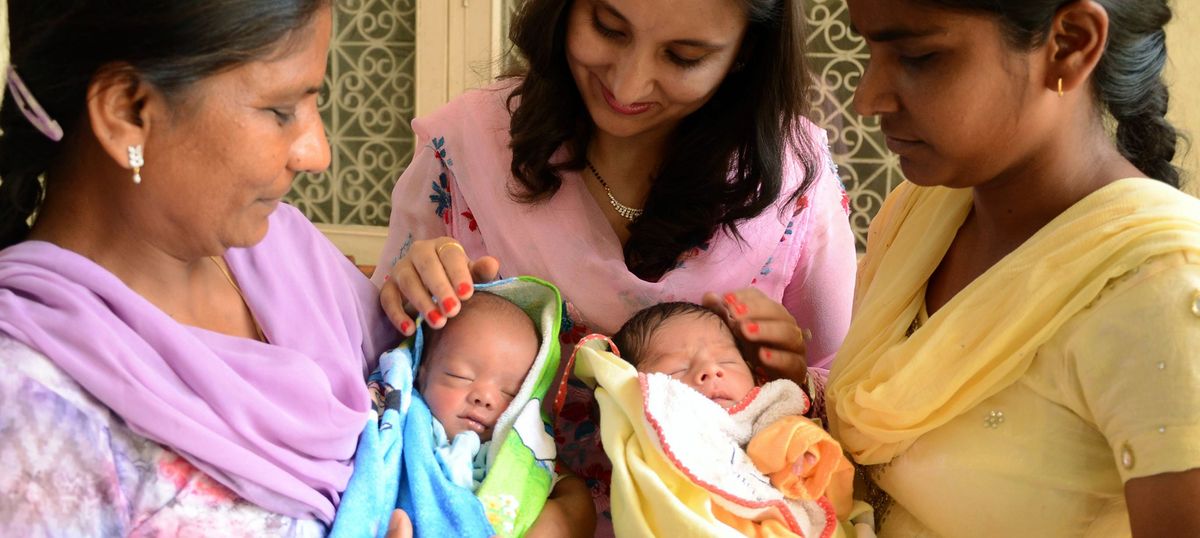The Muslim population has once again been a topic of controversy. Last month, Prime Minister Narendra Modi referred to Muslims in India, implying they have a higher birth rate.
Trends of Muslim Population according per Data Point (NFHS-5 2019-21), published on April 23:
- Population trends: The Economic Advisory Council to the Prime Minister observed that Muslims’ percentage of the overall population rose by 43.15% between 1950 and 2015, while Hindus’ share declined by 7.82% between 1950 and 2015.
- In 2019-21, Muslims had a fertility rate of 2.36, which was significantly closer to replacement. The fertility rate is the average number of children a woman is likely to have during her lifetime. A rate of 2.1 (the’replacement level’) indicates that the population is constant.
Factors contributing to Muslims’ rapid population growth:
- Socioeconomic Factors: Fertility rates are influenced more by socioeconomic reasons than by religion. Educating females, delaying marriage, raising family planning knowledge, and enabling access to family planning methods are critical to lowering fertility rates.
- Fertility rates among Muslim women vary by location, which is impacted by state social and economic development.
- Early Marriage and Literacy: Higher fertility rates are associated with earlier marriage among women aged 20 to 24. Conversely, there is a negative link between women’s literacy rates and fertility rates.
- Lack of Awareness: A large majority of women report never hearing or seeing family planning messages, highlighting the need for increased awareness.
- Unmet Demand for Family Planning: Many women, particularly Muslims in some states, have unmet family planning needs owing to a variety of issues, including a lack of access to contraception.
- Government Intervention: Raising knowledge about contraception, expanding access to family planning services, educating girls, and avoiding child marriages are all critical government tasks for lowering fertility rates among religious groups.
Need for coercive measures:
- Comprehensive Education and knowledge Programmes: Launch educational programmes in communities around the country to promote family planning, gender equality, and reproductive health knowledge among men and women.
- Access to Family Planning Services: Provide simple access to a variety of family planning techniques and contraceptions, even in distant and underserved regions, through government health institutions and community outreach programmes.
Source: https://www.sciencedaily.com/releases/2019/02/190207123220.htm

